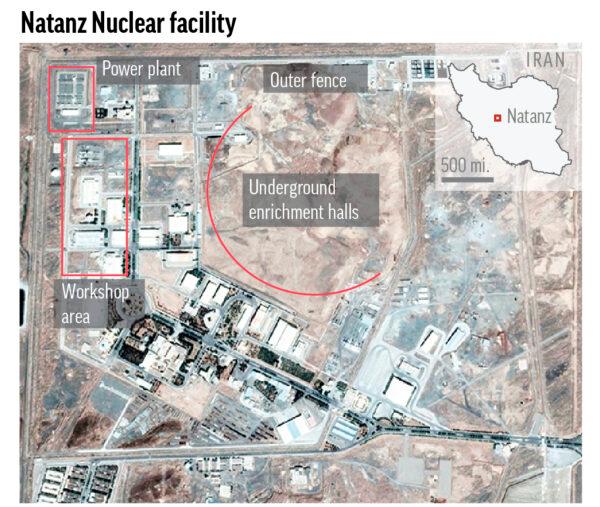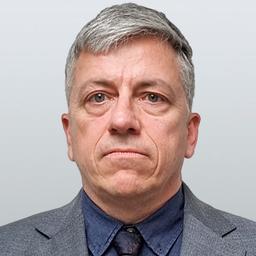The director general of the International Atomic Energy Agency (IAEA), Rafael Grossi, is heading to Tehran for talks with the Iranian leadership over its nuclear program, amid a growing clamor for more transparency from the regime.
Grossi, a former Argentine ambassador, is set to hold crunch talks on Nov. 14.
President-elect Donald Trump, in his first administration, canceled the 2015 deal known as the Joint Comprehensive Plan of Action (JCPOA), which President Barack Obama and other world leaders had negotiated with Iran, and restored tough U.S. sanctions on the Iranian regime.
Iran has in recent years stepped up its nuclear program and has now enriched uranium up to 60 percent fissile purity, close to the 90 percent required for a nuclear bomb.
Heinonen said that while North Korea was more advanced than Iran in its development of nuclear weapons, Tehran might be able to speed things up, and might not even need to test weapons before using them.
The Iranian regime has denied it is building nuclear weapons, but the National Council of Resistance of Iran (NCRI), a coalition of opposition groups, says Tehran has been lying to the West for years.
Shahin Gobadi, a member of the NCRI’s foreign affairs committee, told The Epoch Times recently, “From the outset, the primary objective of the nuclear program has been to obtain a bomb.”
The IAEA has for months sought assurances from Iran that it will allow closer monitoring of its operations at known nuclear sites, and explain traces of uranium found at undeclared sites.
Grossi added: “It is essential that we make substantive progress in the implementation of the joint statement agreed with Iran in March 2023. My visit to Tehran will be very important in that regard.”
As a result, it was announced that interactions between the IAEA and Iran would be carried out in a “spirit of collaboration,” that Iran expressed its readiness to “provide further information and access” to three locations with “outstanding safeguards issues,” and that Iran would “allow the IAEA to implement further appropriate verification and monitoring activities.”
But Iran appears to have failed to keep its side of the deal, and Grossi has made it clear that the nation needs to be more transparent.
Earlier this week, Grossi, speaking on the sidelines of the COP29 climate summit in Baku, said: “I am far from being able to tell the international community ... what is happening. I would be in a very difficult position.”
He said of the Iranians, “So it’s like they have to help us to help them to a certain extent.”
In September, he discussed some of the issues with the Iranian Foreign Minister Abbas Araghchi on the sidelines of the U.N. General Assembly in New York.
Since then, Trump has won the presidential election and will return to the White House in January determined to bring Iran to heel.

The Iranian regime’s responses to Grossi’s overtures should show how Tehran wants to proceed in the coming months.
The IAEA’s 35-nation board of governors meets in Vienna on Nov. 18–Nov. 22, with the European parties to the JCPOA deal—the UK, Germany, and France—considering whether to raise the pressure on Iran.
The agency’s last report in June said it had been unable to perform verification and monitoring activities for more than three-and-a-half years.
Grossi said: “The situation continues to degrade itself. Their nuclear program grows, and we are not having the degree of visibility that we need in areas that are sensitive, like centrifuge production and others.”
Israeli Prime Minister Benjamin Netanyahu has insisted that Iran is building nuclear weapons, but he appears to have held off from bombing its facilities because of pressure from President Joe Biden.
On Oct. 1, the Israel Defense Forces (IDF) targeted air defense, missile and drone production, and launch sites, rather than the main nuclear facility at Natanz.
Last month, CIA Director William Burns said the United States had not seen any evidence that Iran’s leader had reversed a 2003 decision to suspend its nuclear weapons program.
During Trump’s first term, Ratcliffe, who was his director of national intelligence, was a staunch Trump loyalist.







